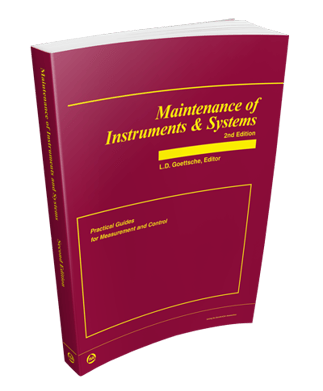AutoQuiz is edited by Joel Don, ISA's social media community manager.
This automation industry quiz question comes from the ISA Certified Control Systems Technician (CCST) program. Certified Control System Technicians calibrate, document, troubleshoot, and repair/replace instrumentation for systems that measure and control level, temperature, pressure, flow, and other process variables. Click this link for more information about the CCST program.
If a controller's output increases when the controlled variable increases, the controller is said to be:
a) in a reset windup condition
b) direct acting
c) reverse acting
d) in a feed-forward control scheme
e) none of the above
Answer A is not correct, since reset windup is caused by allowing a controller's integral action to continue to operate after a valve has reached an output limit. This can occur with direct- or reverse-acting controllers.
Answer C is not correct, since a reverse-acting controller will decrease its output as the controlled variable increases in value. This would be typical of a steam valve in a heating loop with a fail-closed valve. As the temperature rises, the output would decrease to reduce the amount of heat being transferred to the system.
Answer D is not correct. Feed-forward control can be configured for both forward- and reverse-acting loops and is concerned with the magnitude of control output changes based on process dynamics and transport times.
The correct answer is B, direct acting. The controller output acts in the direction of the change of process variable, hence the name "direct acting." This type of controller would be used with a fail-closed valve in a pressure control scheme. As the pressure increases (controlled variable), the valve output would increase to open the valve in order to relieve the pressure.
Reference: Goettsche, L.D. (Editor), Maintenance of Instruments and Systems, 2nd Edition

About the Editor
Joel Don is the community manager for ISA and is an independent content marketing, social media and public relations consultant. Prior to his work in marketing and PR, Joel served as an editor for regional newspapers and national magazines throughout the U.S. He earned a master's degree from the Medill School at Northwestern University with a focus on science, engineering and biomedical marketing communications, and a bachelor of science degree from UC San Diego.




